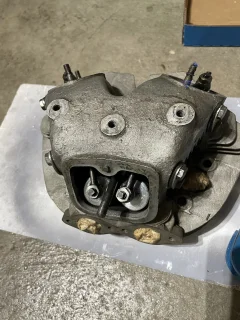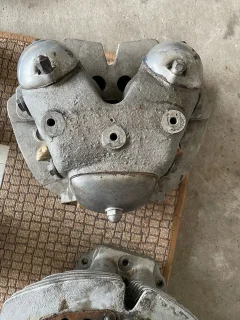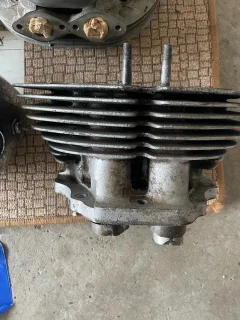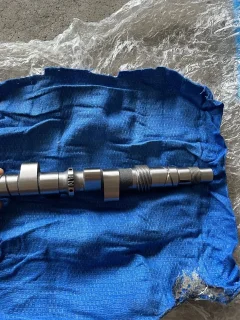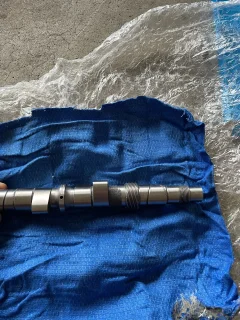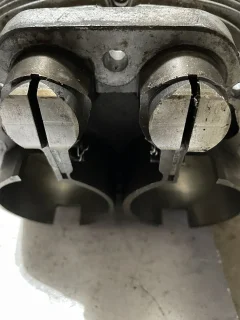- Joined
- Sep 8, 2022
- Messages
- 3
Hi everyone new in forum but I’ve been reading lots of great thread here quite sometimes now,I have a question regarding my recent basket case 71’ norton 750 regarding cylinder head and cylinder barrel, on the plastic bin where the both cylinder head are there is a piece on stick on paper says dunstall top end, but where measure the cylinder barrels they are measuring like a standard size and also the intake valve they like standard size also, but both cylinder head and barrel they kinda rough in finish.
 next.photobucket.com
next.photobucket.com
Photo Storage
Store your photos and videos online with secure storage from Photobucket. Available on iOS, Android and desktop. Securely backup your memories and sign up today!
Last edited:


